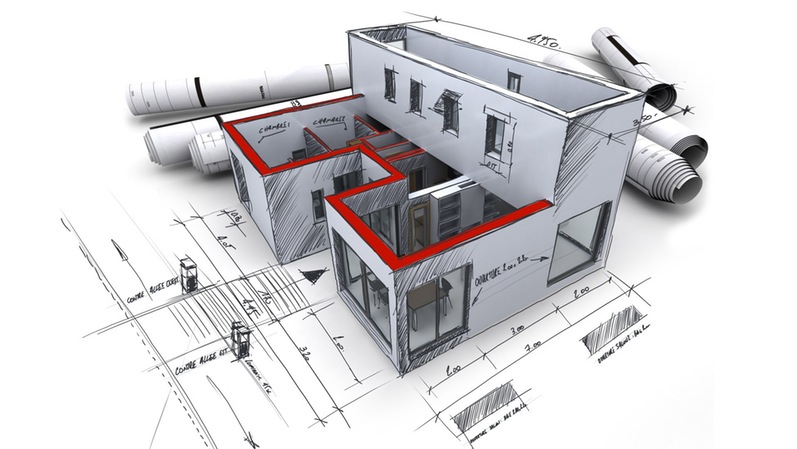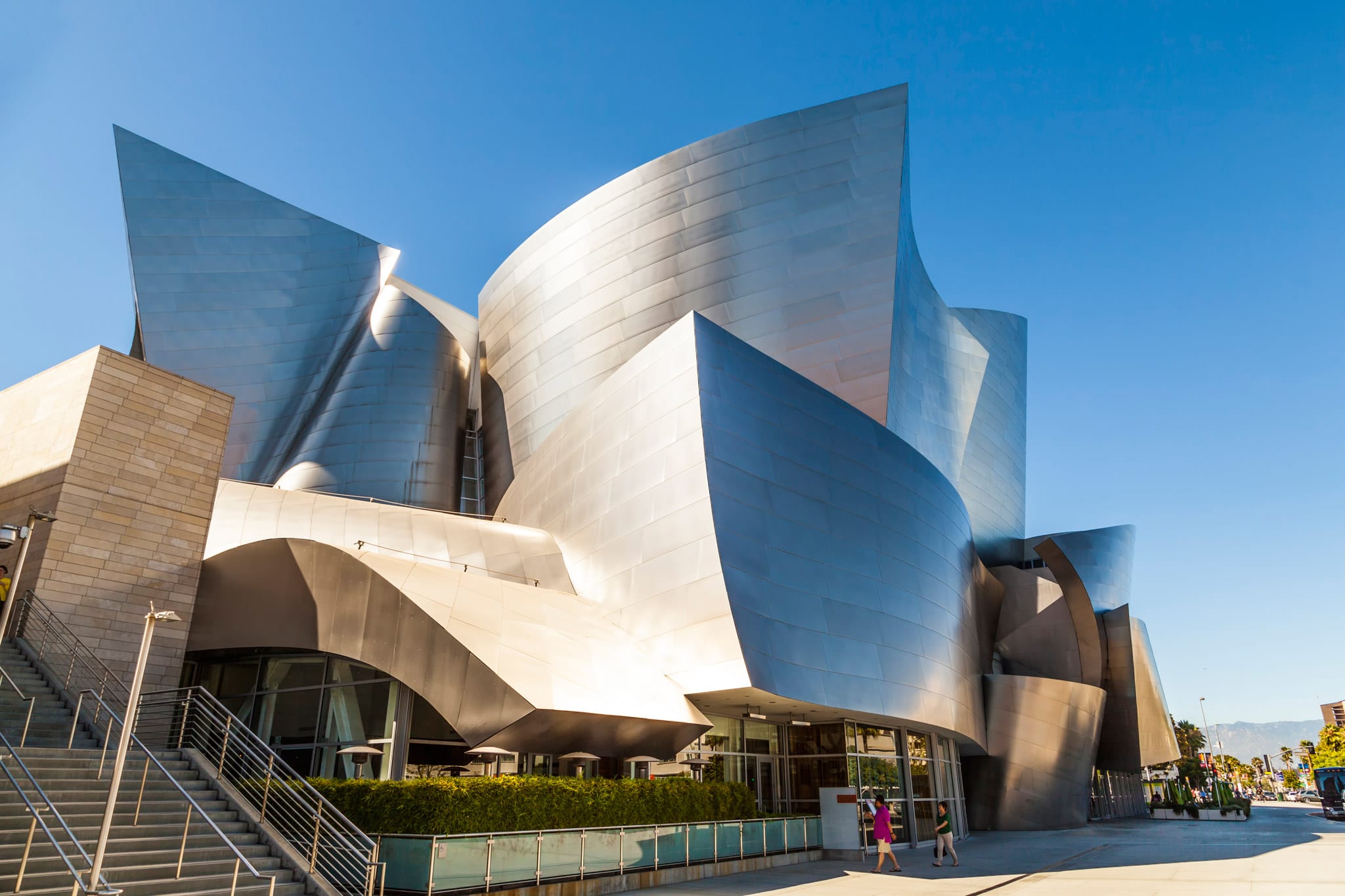Changing Rooms: The Vision of CDA Architects for Modern Living
Changing Rooms: The Vision of CDA Architects for Modern Living
Blog Article
A Detailed Review of Building Designs and Their Impact on Modern City Planning and Advancement
Building styles have long acted as a mirror to the societal values and technological innovations of their time, playing a critical duty in forming modern-day city preparation and advancement. From the magnificence of Neoclassicism to the utilitarian method of Brutalism, each style has actually introduced distinct ideas that influence urban aesthetics and functionality. As modern obstacles emerge, consisting of sustainability and neighborhood requirements, comprehending these historical structures becomes necessary. The resulting discussion not only educates future layout methods but additionally elevates relevant questions concerning the equilibrium between heritage and innovation in our advancing metropolitan landscapes.
Historical Overview of Architectural Styles
Throughout history, architectural designs have advanced in reaction to social, technological, and ecological factors. Each duration reflects the prevailing worths, beliefs, and improvements of its time, resulting in an abundant tapestry of design that signifies human imagination and adjustment. The ancient people, such as the Egyptians and Greeks, developed foundational styles that stressed symmetry and percentage, offering both functional and aesthetic objectives.
As societies transitioned through the Middle Ages, Gothic style arised, defined by its verticality and detailed detailing, mirroring the spiritual ambitions of the period. The Renaissance noted a rebirth of classical ideals, combining art and style in ingenious methods that affected succeeding designs across Europe.
The Industrial Revolution introduced brand-new products and building and construction techniques, triggering motions like Innovation, which tested typical forms and accepted simpleness and capability. The 20th century saw a diversity of designs, with Postmodernism responding versus the raw minimalism of its precursor, integrating historic referrals and diverse components.
Today, building designs remain to progress, driven by globalization and sustainability problems, reflecting a dynamic interplay between heritage and development. This historical summary highlights the importance of design as a mirror of social development and as a driver for metropolitan advancement.
Key Architectural Styles Explained
The diversity of building designs shows the myriad impacts that shape our developed environment, each embodying distinct features and social relevances. Secret building designs consist of Classic, Gothic, Baroque, Modernism, and Postmodernism, each standing for one-of-a-kind historic contexts and aesthetic philosophies.
Timeless design, rooted in old Greece and Rome, highlights symmetry, percentage, and the use of columns. On the other hand, Gothic architecture, thriving between Ages, is defined by pointed arches, ribbed safes, and flying buttresses, producing an angelic top quality in basilicas. Baroque architecture, arising in the 17th century, is marked by magnificence, fancy embellishment, and a dynamic interaction of light and darkness.

Comprehending these styles offers insight into the cultural narratives and technological innovations of their particular eras, highlighting how architecture offers not just as a sanctuary, but as a reflection of social values and goals.
Influence On Urban Planning
In forming the development of cities, building styles substantially influence metropolitan preparation decisions. The selection of architectural design frequently determines the aesthetic appeals, performance, and total character of metropolitan environments.
Moreover, building styles can affect zoning regulations and land utilize policies. Urban coordinators have to think about the dominating building trends when creating areas, ensuring that brand-new developments balance with existing frameworks. This factor to consider fosters cohesive city landscapes and boosts community identity.
The execution of details building styles can additionally influence socioeconomic aspects within a city. High-end modern layouts might attract affluent residents and businesses, leading to gentrification, while much more budget-friendly real estate options could prioritize practical and lasting layouts to suit varied populaces. Eventually, the interaction in between building designs and city preparation develops vibrant cities that show both historical context and contemporary demands, forming the lived experiences of their residents.
Sustainability and Modern Design
Architectural styles play a crucial duty in resolving contemporary challenges, particularly in the world of sustainability. As city locations broaden and environmental concerns intensify, modern-day style progressively embraces lasting layout concepts that prioritize energy performance, resource conservation, and marginal environmental impact.
Contemporary building activities, such as biophilic style and eco-friendly style, supporter for structures that integrate with their surroundings, utilizing all-natural materials and advertising biodiversity - cda architects. These designs usually integrate renewable power sources, such read review as photovoltaic panels and wind turbines, to reduce reliance on fossil gas and lower carbon impacts
Furthermore, the integration of sophisticated technologies, such as wise building systems, improves energy administration, enhancing source usage while making certain resident convenience. Innovative water monitoring techniques, consisting of rain harvesting and greywater recycling, additional contribute to lasting urban atmospheres.
Significantly, sustainability expands beyond environmental problems; it encompasses social and economic measurements. By fostering area wellness and advertising inclusivity, modern-day building styles align with lasting advancement goals. The evolution of architectural methods proceeds to form resistant cities that not only meet the requirements of the present however likewise guard the future for generations to come.
Area Involvement in Design
Community engagement in style offers as a vital bridge in between designers and the populaces they offer, making certain that the constructed setting mirrors the needs and aspirations of its users. This collaborative process welcomes neighborhood members to contribute their insights and preferences, fostering a sense of ownership and duty towards the areas they populate.
Efficient neighborhood engagement employs numerous methods, such as workshops, surveys, and public forums, to collect varied point of views (cda architects). These methods facilitate a two-way discussion, enabling check here designers to understand local contexts while encouraging homeowners to voice their concerns and needs. This inclusivity not just enhances the layout high browse around this web-site quality but also advertises social equity by attending to the distinct challenges encountered by marginalized groups

Verdict
Architectural styles have profoundly affected contemporary city planning and development, reflecting advancing social and technological contexts. As cities continue to expand and adapt, the ongoing discussion in between building heritage and contemporary design concepts will certainly remain essential in developing inclusive, vibrant rooms that improve quality of life and promote social equity.
Report this page